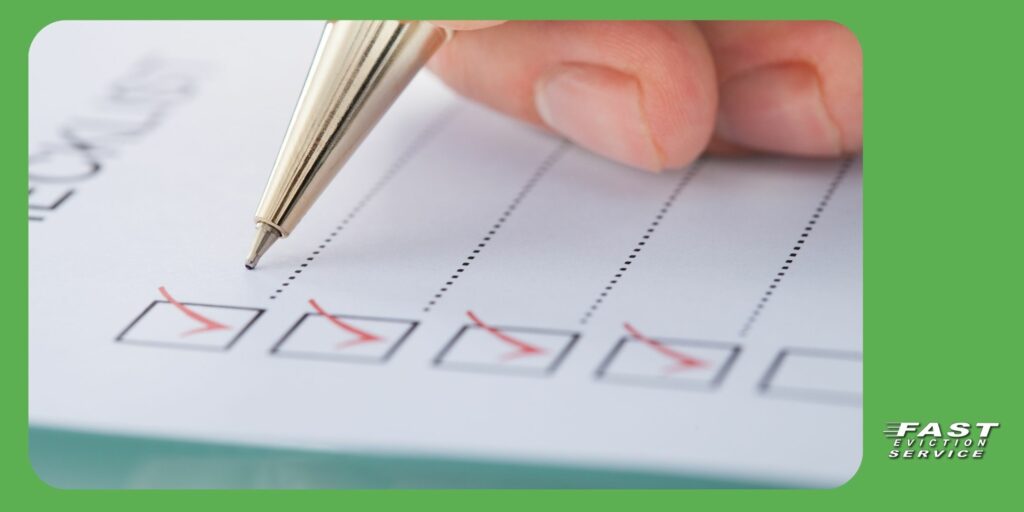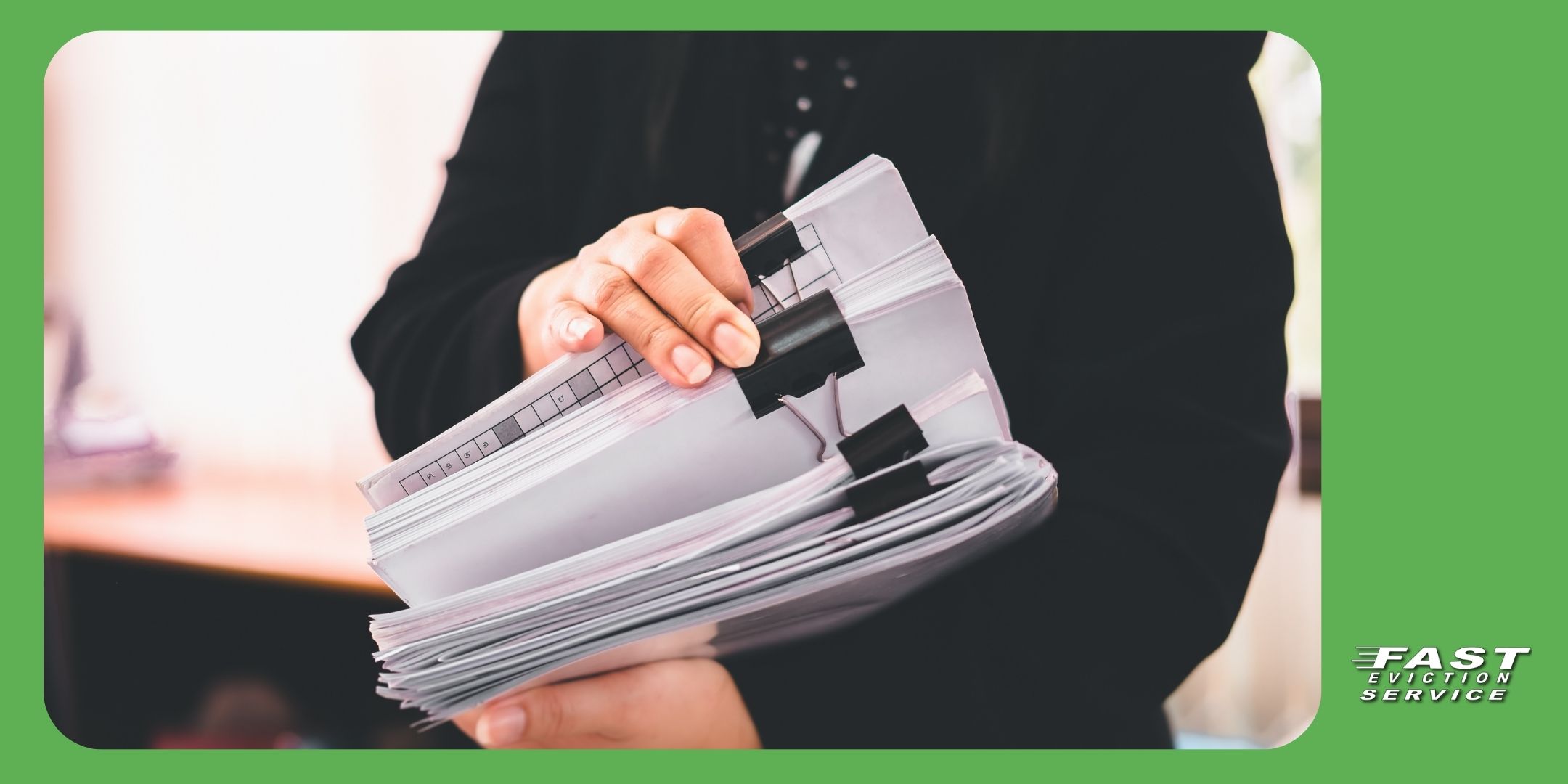Updated 11/29/24
Preparing your rental property for new tenants is a critical step in ensuring a smooth leasing process and maintaining the long-term value of your investment. As a landlord, a comprehensive checklist can help you tackle every aspect of getting your property tenant-ready. From addressing maintenance concerns to ensuring compliance with local laws, a structured approach can save you time, reduce stress, and enhance tenant satisfaction. This landlord checklist will guide you through every step of the process, ensuring that your property is not just ready to rent, but also appealing to prospective tenants.

Table of Contents
- Understanding Your Legal Responsibilities
- Conducting Essential Repairs and Maintenance
- Deep Cleaning the Property
- Inspecting Utilities and Safety Features
- Enhancing Curb Appeal
- Setting the Right Rental Price
- Staging the Property for Showings
- Preparing Necessary Documentation
- Tips for Tenant Screening
- Frequently Asked Questions
Understanding Your Legal Responsibilities
Before diving into repairs or cleaning, familiarize yourself with your legal obligations as a landlord. These include adhering to local housing codes, ensuring the property is habitable, and addressing safety concerns like functioning smoke detectors and carbon monoxide alarms. Additionally, check if your jurisdiction requires a rental license or inspection before renting out the property. This part of the landlord rental checklist is crucial for avoiding fines or legal disputes down the line.
Conducting Essential Repairs and Maintenance
A well-maintained property attracts responsible tenants and sets the tone for your landlord-tenant relationship. Walk through the property to identify necessary repairs. Look for broken fixtures, peeling paint, and any issues with appliances. Make sure plumbing is leak-free, and the HVAC system is functioning properly. Your rental landlord checklist should also include addressing any structural concerns, such as cracks in walls or uneven flooring, which can become liabilities.
Deep Cleaning the Property
A clean property not only makes a great first impression but also signals to tenants that you care about maintenance. Deep cleaning goes beyond vacuuming floors and wiping countertops. Pay attention to often-overlooked areas like baseboards, window tracks, and behind appliances. Professional carpet cleaning can remove odors and stains, while shining up the kitchen and bathroom will leave them feeling fresh and welcoming. By including thorough cleaning in your preparing property for tenant checklist, you set a high standard for your tenants to follow.
Inspecting Utilities and Safety Features
No tenant wants to move into a home with faulty utilities or safety concerns. Check that all electrical outlets, light fixtures, and plumbing fixtures are functioning properly. Test the water heater, stove, and other appliances provided with the property. Safety checks should include ensuring fire extinguishers are accessible, smoke alarms are operational, and emergency exits are clearly marked. These steps are an essential part of any landlord rental checklist.
Enhancing Curb Appeal
First impressions matter, and your property’s exterior is the first thing prospective tenants see. Tidy up the lawn, trim bushes, and remove weeds. A fresh coat of paint on the front door or a few potted plants can instantly elevate your property’s appearance. A welcoming exterior signals that the property is well cared for and worth renting. Remember, a visually appealing property can justify a higher rental price and attract quality tenants.
Setting the Right Rental Price
Pricing your rental property competitively is a balancing act. Research local market trends and compare your property to similar rentals in the area. Take into account your property’s unique features, such as recent renovations or included utilities. Overpricing can lead to extended vacancies, while underpricing might mean lost income. Your landlord checklist should include an annual review of rental prices to ensure you stay competitive.
Staging the Property for Showings
Staging is a valuable tool for helping tenants envision themselves living in your property. Arrange furniture to highlight the space’s functionality and potential. Add small touches like fresh flowers or neutral artwork to create a welcoming atmosphere. Good staging can help your property stand out, especially in competitive rental markets. This step complements your efforts outlined in the preparing property for tenant checklist.
Preparing Necessary Documentation
Being organized with your paperwork is just as important as preparing the property itself. Have your lease agreement ready, along with any disclosures required by law. Create a welcome packet for new tenants with information about local services, trash pickup schedules, and emergency contacts. Including these details in your landlord rental checklist not only improves tenant satisfaction but also reduces the likelihood of confusion or disputes.
Tips for Tenant Screening
Tenant screening is your opportunity to select a reliable tenant who will respect your property and pay rent on time. Use a standardized application form to collect information like employment history, income, and references. Conduct background and credit checks to assess their reliability. A thorough screening process is a critical part of ensuring your investment is protected and aligns with the goals of your rental landlord checklist.
Frequently Asked Questions
What is included in a landlord checklist?
A landlord checklist typically includes steps for legal compliance, property maintenance, cleaning, utility inspections, setting rental prices, and preparing documentation. It ensures your property is safe, clean, and ready to attract tenants.
How often should I update my rental landlord checklist?
It’s a good idea to review and update your checklist annually or whenever there are significant changes in local housing laws, market conditions, or your property’s condition.
Why is deep cleaning important when preparing a property for rent?
Deep cleaning helps make your property more appealing to prospective tenants and sets the tone for cleanliness expectations. A clean home signals that you care about the property and expect tenants to maintain it as well.
By following this detailed landlord checklist, you can confidently prepare your rental property for new tenants, ensuring a positive experience for both you and your renters.




